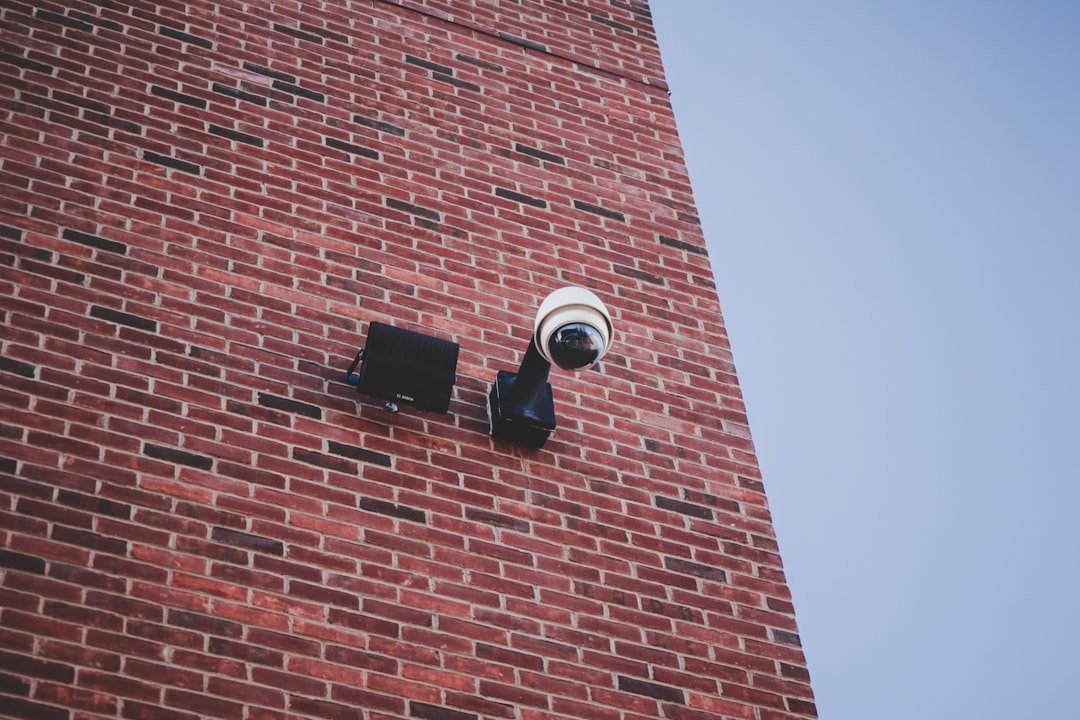Over the past decade, home security systems have evolved at an astonishing pace. With the rise of smart devices and cloud storage, millions of households have integrated home surveillance cameras into their daily routines. While these systems provide peace of mind and an increased sense of safety, they also give rise to important questions surrounding data management, privacy, and video retention policies. Understanding how home camera footage is stored, managed, and deleted is paramount for maintaining security without compromising personal privacy.
What Are Home Camera Retention Policies?
Home camera retention policies govern how long recorded footage is stored before it is automatically deleted or overwritten. These policies are determined by camera manufacturers, third-party cloud storage providers, and sometimes by user-defined settings. They play a critical role in ensuring that sensitive data is not retained unnecessarily while also making sure that important footage is available when it’s needed most.
Generally, retention policies depend on several criteria, including:
- Storage capacity — Whether using onboard SD cards or cloud storage, space limitations can dictate retention durations.
- Subscription level — Many companies tier their video storage based on monthly or annual payment plans.
- Motion detection triggers — Some systems store only motion-activated clips, extending retention by reducing total footage stored.
- User preferences — Some advanced systems allow customizable retention timelines.
Standard Retention Periods Across Brands
Most major home camera brands offer a range of storage options. To better understand how policies differ, here are typical examples of popular providers:
- Ring: Stores video recordings in the cloud for 60 days with a standard Protect Plan. Clips can be manually downloaded and saved permanently.
- Nest by Google: Offers a 30-day event video history on the Nest Aware Plus plan. Continuous video history is retained for up to 10 days.
- Arlo: Provides various plans with retention options of up to 30 days. Local storage is also available via USB backup.
- Wyze: Stores clips for 14 days in the cloud, with optional microSD card support for longer local retention.
It’s worth noting that clips saved to the cloud may still be recoverable for slightly longer than the advertised time due to redundancy in cloud backup systems. However, manufacturers rarely guarantee video availability beyond their published retention period.

Privacy Considerations and Legal Implications
Beyond the technical constraints of storage, there are larger ethical and legal reasons to be aware of how long video footage is retained. Home security cameras often capture neighbors, package delivery workers, or passersby. Retaining this footage indefinitely can raise significant privacy concerns.
In some jurisdictions, there are explicit laws around surveillance, particularly when recording beyond the boundaries of private property. Homeowners may unwittingly fall afoul of data protection regulations such as:
- GDPR (Europe): Mandates transparency about video monitoring and imposes strict limits on data retention.
- CCPA (California): Gives consumers rights to request deletion of collected personal data, which may include recorded images.
Retaining footage for too long, particularly without a legitimate security reason, can put homeowners at risk of violating privacy rights. On the other hand, deleting footage too soon might impede investigations into crimes or insurance incidents. Finding the proper balance is essential.
Best Practices for Managing Home Camera Footage
Implementing an informed and responsible video retention policy for your home cameras doesn’t have to be complicated. Here are several best practices that anyone can follow:
- Review your storage plan regularly: Understand how video is stored and whether local, cloud, or hybrid storage is used.
- Optimize for event-triggered recording: Reduce storage requirements by recording only when motion is detected, especially in low-traffic areas.
- Download critical footage: For important events, such as security breaches or accidents, download and back up the footage before the retention window expires.
- Set clear retention timelines: Even if your system allows indefinite storage, define a deletion schedule (e.g., 30, 60, or 90 days).
- Use password protections and encryption: Ensure that any uploaded or retained footage is secure and accessible only to authorized users.

Cloud vs. Local Storage: How It Impacts Retention
Where your video footage is stored has a direct impact on how long it can be retained. Each approach has pros and cons:
Cloud Storage
- Pros: Accessible remotely, automatic backups, scalable depending on the subscription.
- Cons: Subscription fees may be required, privacy concerns, dependence on internet connectivity.
Local Storage
- Pros: More private, no recurring cost, real-time access even without internet.
- Cons: Physical damage or theft of camera may result in data loss, limited by hardware capacity.
Many newer systems offer hybrid solutions, combining cloud backup with local SD card or USB disk storage. This ensures redundancy and gives users more flexibility over their retention policies.
Configuring Custom Retention Settings
A growing number of camera systems now offer customizable retention settings within user interfaces. These settings might allow you to:
- Set retention time per camera or per type of event (e.g., motion vs. sound detection)
- Automatically delete older footage after a defined period
- Mark specific clips as “protected” to avoid deletion
Taking advantage of these options empowers users to maintain control over their data while still preserving necessary recordings.
What Happens to Deleted Footage?
When retention periods expire or users manually delete footage, that data is typically removed from visible interfaces. However, depending on the provider, the deletion process may involve multiple stages:
- Soft Deletion: Footage moves to a temporary recycle bin and can be restored within a short window.
- Scheduled Erasure: After soft deletion, the video is queued for permanent removal from servers.
- Physical Overwrite: In local systems, deleted data may be overwritten by new recordings, making recovery nearly impossible.
To ensure full data deletion, users may need to contact customer support or use built-in factory reset features. Keep in mind that terms of service agreements often dictate the extent to which deleted content can be recovered or permanently erased.
Conclusion
Home camera retention policies are more than just a technical footnote—they’re a central component of responsible home surveillance. Whether you’re using a budget indoor camera or a fully integrated outdoor system, understanding how long footage is stored and the implications of that storage is essential.
By staying informed on your system’s defaults, choosing the right combination of storage methods, and applying sound data management practices, you can protect your home and your privacy with confidence.
Ultimately, the goal of a retention policy should be twofold: preserving essential footage when needed and ensuring that unneeded or sensitive data is not kept longer than absolutely necessary. With the right approach, home surveillance can be a truly valuable tool, without becoming a hidden liability.
I’m Sophia, a front-end developer with a passion for JavaScript frameworks. I enjoy sharing tips and tricks for modern web development.
